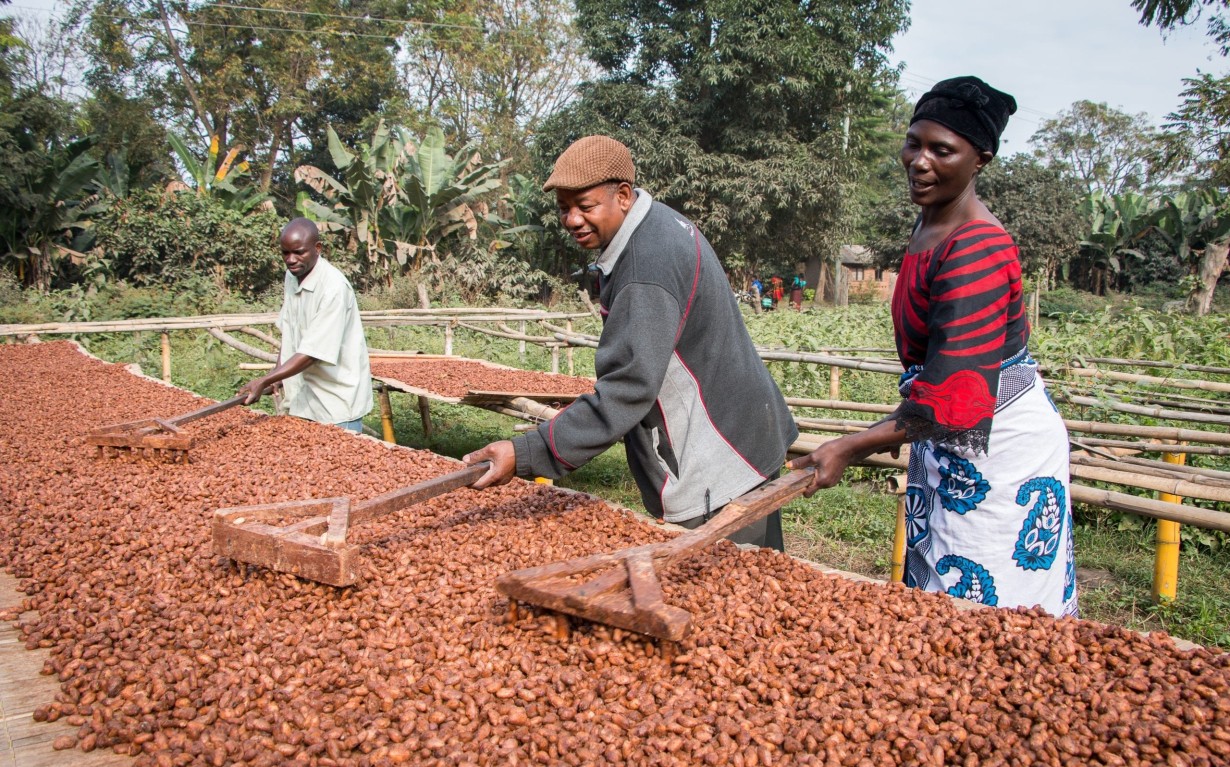Climate change poses a significant threat to our planet, affecting various aspects of our lives, including the foods we love and rely on.
As temperatures rise, weather patterns become unpredictable, and natural habitats are disrupted, the production and availability of our favorite foods are increasingly at risk.
In this article, we explore seven shocking ways climate change could impact your favorite foods, highlighting the urgent need for sustainable agricultural practices and global action to mitigate these effects.
Declining Coffee Production: Climate change is already affecting coffee-growing regions across the globe. In places like Ethiopia, one of the world’s largest coffee producers, rising temperatures and changing rainfall patterns are impacting coffee quality and yields. Additionally, regions such as Colombia and Brazil, known for their premium Arabica coffee, are experiencing the spread of coffee pests and diseases due to warming conditions.
Decreased Chocolate Production: Cocoa, the main ingredient in chocolate, is cultivated in tropical regions like Ghana and Ivory Coast. These areas are already witnessing the impacts of climate change, including prolonged droughts and higher temperatures. As a result, cocoa yields are decreasing, jeopardizing the future supply of chocolate.
Threats to Wine and Vineyards: Wine-producing regions worldwide are grappling with the effects of climate change. In regions like Bordeaux, France, and Napa Valley, California, rising temperatures are altering the growing conditions for grapes. Extreme heat events and shifting precipitation patterns pose challenges to vineyard management, potentially impacting wine quality and availability.
Disrupted Seafood Supply: Coastal cities and regions heavily dependent on seafood face challenges due to climate change. The Great Barrier Reef in Australia, for example, has experienced severe coral bleaching events due to warmer ocean temperatures, threatening the marine ecosystems that support a variety of fish species. Small-scale fishing communities in places like Bangladesh and the Philippines also face the impacts of sea-level rise and ocean acidification on fish populations.
Decreased Crop Yields: Crop yields are being affected in various regions worldwide. In the United States, the Midwest’s corn and soybean production is at risk due to more frequent and intense heatwaves and droughts. In India, rice cultivation, a staple food crop, is vulnerable to changing monsoon patterns and water scarcity, impacting both local food security and global rice markets.
Altered Fruit and Vegetable Harvests: Changes in growing seasons and weather patterns are impacting fruit and vegetable production. California’s Central Valley, known as America’s fruit and vegetable basket, is experiencing water shortages and heat waves that affect crops like almonds, tomatoes, and citrus fruits. In Europe, warmer winters are disrupting apple and cherry orchards in regions like Germany and Poland.
Threats to Global Food Security: Climate change poses a grave threat to global food security, particularly in vulnerable regions. Sub-Saharan Africa, already facing challenges such as water scarcity and land degradation, is highly susceptible to climate change impacts on staple crops like maize, millet, and sorghum. The Sundarbans in Bangladesh and India, known for its rice production, is also at risk due to sea-level rise and increased salinity in agricultural lands.
The impacts of climate change on our favorite foods are evident in cities and regions around the world. From declining coffee production in Ethiopia to threats to vineyards in Climate Change Could Impact Your Favorite Foods and disrupted seafood supply in the Great Barrier Reef, these examples illustrate the global reach of climate change’s effects. Urgent action is needed to reduce greenhouse gas emissions, promote sustainable agriculture, and support vulnerable communities in adapting to these changes. By prioritizing climate resilience and sustainable food systems, we can strive to protect our favorite foods.



